The retail environment is undergoing a major transformation thanks to technology. Computer vision is among the most fascinating instruments available. It lets machines, like people, view and comprehend images. It speeds up and smartly helps stores operate. Retailers may track shelves, follow consumer movements, and simplify shopping using computer vision. It enhances marketing and helps identify theft as well. Customers thus receive better service, and companies expand.
This technology is being applied by stores in several ways to keep ahead of consumer needs. Computer vision helps with anything from stock inspection to checkout efficiency to learning consumer behavior. Even internet retailers use it to suggest goods or enhance the browsing experience. This article will discuss five straightforward and unambiguous ways in which computer vision is improving the retail sector.
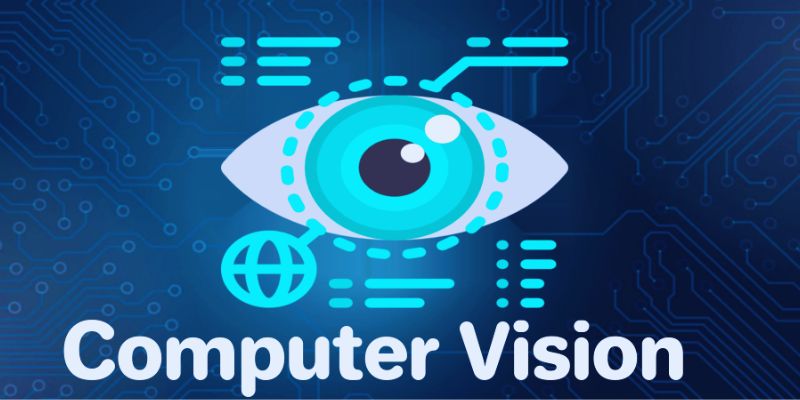
The five main ways computer vision fundamentally alters current retail industry operations are listed below:
Retailers' shelf and stock level management is being altered by computer vision. Stores may now real-time monitor shelves with cameras and image recognition. These intelligent systems find missing, lost, or low-running items. The device alerts store employees immediately so they may rapidly replenish shelves. Less space and improved customer service follow from this. It also helps stop either overstocking or understocking of goods. Monitoring product sales helps shops better schedule their orders. It cuts waste and saves money. Manual shelf checking by staff members is no longer necessary, saving time and effort. They might instead concentrate more on serving customers. In tracking inventories, computer vision also helps prevent human mistakes. This technology helps stores to become more orderly and effective. Customers find what they need more readily and appreciate a better experience. Generally, it keeps shelves completely stocked and enhances operations.
In retail, long checkout lines are a regular issue, but computer vision is helping to address this. Customers may now shop faster and with less effort with cashierless technology. Sensors and cameras placed in the store monitor what consumers grab. The device generates a virtual cart as people negotiate the store. Customers leaving are automatically charged for the products they stole. One does not have to wait in line or scan every item. It speeds up the overall shopping trip and increases its convenience. It also lessens mistakes at checkout, like incorrect pricing or absent goods. Staff members can then concentrate on serving consumers rather than only running registers. Needing fewer checkout counters helps stores save money. Customers get a better experience and save time. Many others are copying big companies like Amazon, which already embrace this. Shopping becomes better with this clever, basic fix.

Improving service depends on knowing how consumers buy; hence, computer vision makes a lot of difference. Around the store, cameras track customer movement, stopping points, and objects of attention. This information demonstrates which exhibits draw-in and which ones go unnoticed. It guides stores in knowing what works and what does not. For instance, the design may need adjustments if many people go past apart without stopping. Spending more time in one area indicates that clients find it fascinating. It enables better product arrangement in stores and more clever promotions. It also clarifies the optimal times of day for foot traffic for companies. Managers can change personnel plans to fit hectic periods. With all this knowledge, stores may decide more wisely on inventory, advertising, and design. Improved layouts and more clever product placement help consumers. Computer vision transforms basic behavior into wise decisions for expanding retail stores.
One major issue is retail theft; computer vision is cleverly helping to lower it. Modern vision software-equipped security cameras may now instantly identify suspicious behavior. If someone attempts to conceal an item or change a price tag, the system can notify workers immediately. This discouragement of theft before it starts helps. It also lessens the possibility of overlooking crucial information—something human guards may ignore. Some establishments allow the system to identify returning offenders and notify security upon entrance. It also looks for odd trends suggestive of fraud. It can identify, for instance, illegal staff behavior or bogus returns. Unlike standard cameras, these systems can automatically assess activities and behavior. For employees as well as consumers, this makes stores safer. It also helps to offset theft-related lost income. Reduced losses allow retailers to maintain pricing reasonably and allocate more funds toward bettering the offerings for honest customers.
Customized service makes buying more fun; computer vision enables that experience. Smart store displays can present product recommendations depending on the person standing next. A customer exploring shoes, for instance, might come across adverts for sandals or sneakers. Even now, computer vision can identify returning customers and recommend products they enjoyed past due. It Makes a shopping trip more useful and intimate. Online, the technology logs user views and provides such products. It makes suggestions more practical and accurate. Stores also pick up knowledge on which ads or displays attract the most. It helps shape the next shop layouts and marketing campaigns. Offering goods that appeal to every consumer helps businesses create loyalty and confidence. When one feels understood, people are more likely to come back. Companies can also send unique offers depending on consumer behavior. Computer vision makes shopping simpler, smarter, and more customized at every process stage.
Daily retail operations are being altered by computer vision. It guarantees faster checkouts, better running of stores, and filled shelves. Retailers also get a clever understanding of consumer preferences and shopping behavior. Security is more advanced; loss prevention is stronger. Customized service helps everyone to enjoy shopping. Store owners and buyers will find value in this technology. More stores will use these methods to remain competitive as it keeps expanding. Computer vision is, all things considered, guiding the retail sector toward a smarter, faster, more consumer-friendly future.
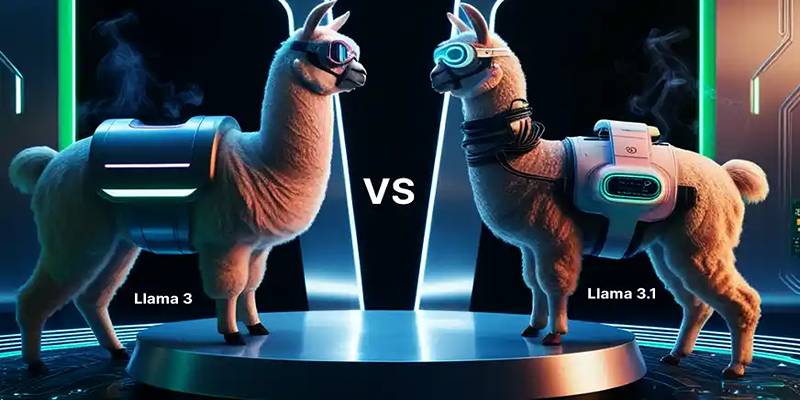
Explore the differences between Llama 3 and Llama 3.1. Compare performance, speed, and use cases to choose the best AI model.

Boost teacher productivity with AI-generated lesson plans. Learn how AI lesson planning tools can save time, enhance lesson quality, and improve classroom engagement. Discover the future of teaching with AI in education
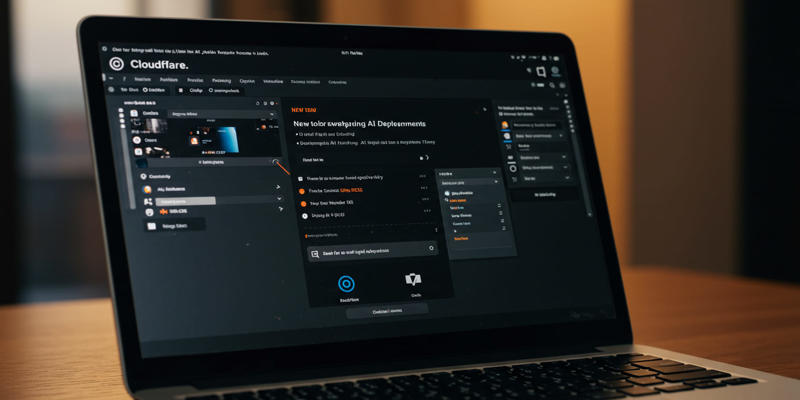
The AI Labyrinth feature with Firewall for AI offers protection against data leakages, prompt injection attacks, and unauthorized generative AI model usage.
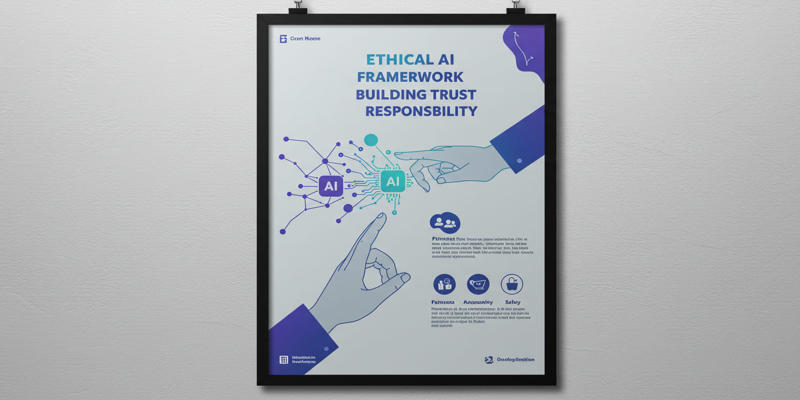
12 essential resources which organizations can use to build ethical AI frameworks and also provides information about tools and guidelines and international initiatives

Open reasoning systems and Cosmos world models have contributed to robotic progress and autonomous system advancement.

Discover ChatGPT, what it is, why it has been created, and how to use it for business, education, writing, learning, and more
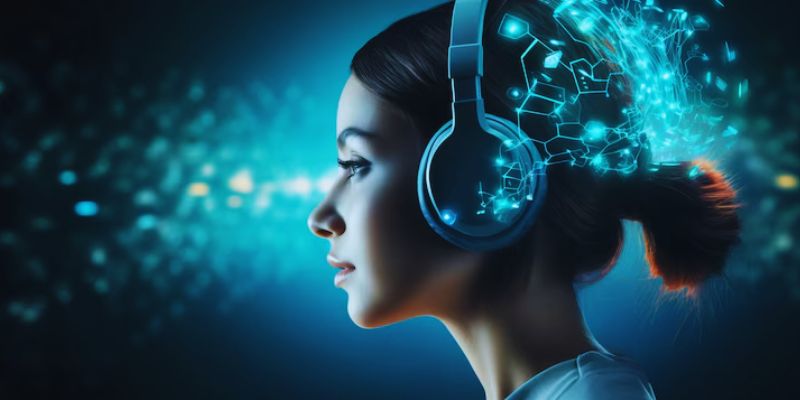
From 24/7 support to reducing wait times, personalizing experiences, and lowering costs, AI in customer services does wonders
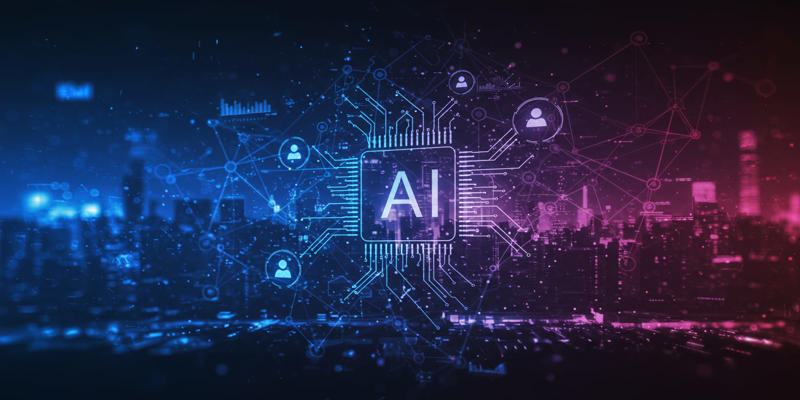
GANs and VAEs demonstrate how synthetic data solves common issues in privacy safety and bias reduction and data availability challenges in AI system development

AI in Cybersecurity is changing the way businesses handle threat detection. Discover how advanced AI systems prevent cyberattacks with faster and smarter protection

Know how sentiment analysis boosts your business by understanding customer emotions, improving products, and enhancing marketing

Explore surprising AI breakthroughs where machines found creative solutions, outsmarting human expectations in unexpected ways

How open-source AI projects and communities are transforming technology by offering free access to powerful tools, ethical development, and global collaboration